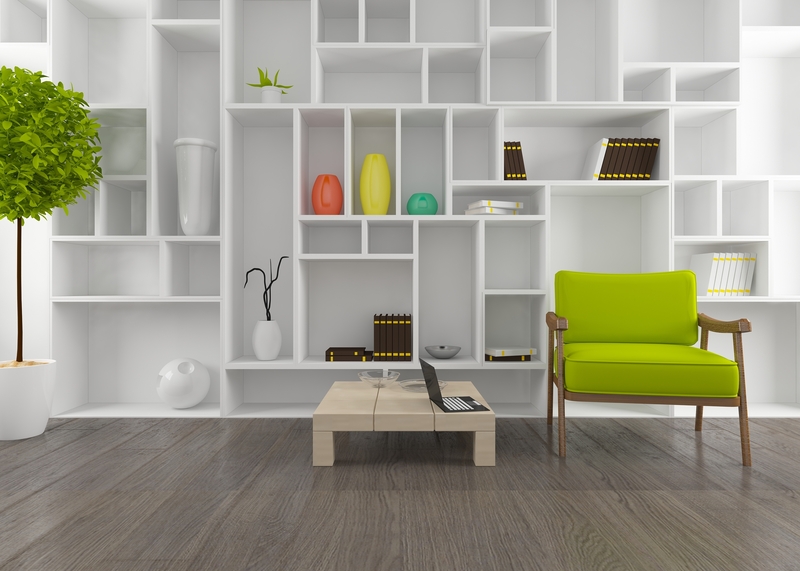The Art of Piano Moving and the Dangers of Attempting It Yourself
Moving a piano is often underestimated. Unlike ordinary household furniture, pianos are complex, valuable, and extremely heavy. This intricate process encompasses more than just muscle power--it's a delicate task that demands precision, experience, and specialized equipment. In this comprehensive guide, we delve into the art of piano moving and highlight the dangers of trying to move a piano yourself. Whether you own an upright, baby grand, or grand piano, understanding the risks associated with DIY piano moving can help you make informed decisions and protect both your instrument and your well-being.

Understanding the Complexity of Piano Moving
Pianos are not just instruments; they are masterpieces of engineering with thousands of moving parts. Moving such a delicate and cumbersome object requires a keen understanding of its structure and vulnerabilities. The average piano can weigh between 300 to over 1,200 pounds (or 135 to 545 kg), with grand pianos typically weighing more than upright models.
- Upright pianos are more compact but still extremely heavy and awkward to maneuver.
- Grand pianos present unique challenges due to their size, shape, and the detachment required for legs and pedals during transit.
In addition to sheer weight, the distribution within a piano is uneven, making it tricky to balance. Certain parts, such as the legs, pedals, and lid, are particularly vulnerable to damage. The handcrafted mechanisms inside are sensitive to shocks and jolts, and the outer finish can be marred by the slightest scrape. These factors explain why piano relocation is considered a specialized art form rather than a routine moving task.
Why Professional Piano Movers Exist
Professional piano movers are experts trained to move pianos efficiently and safely. Here's why their services are indispensable:
- Specialized Equipment: From piano skids to heavy-duty trolleys and moving straps, professional movers use tools specifically designed to handle pianos of every size.
- Experience and Training: These movers possess detailed knowledge of piano anatomy and best transit practices, ensuring every precaution is taken during loading, unloading, and transport.
- Protective Measures: Wrapping, padding, and securing each component, professionals know how to avoid scratches, dents, and internal damage.
- Liability and Insurance: Should anything go awry, reputable piano movers have insurance to cover accidents, giving you peace of mind.
The Dangers of Moving a Piano Yourself
The temptation to save money by attempting DIY piano moving can have costly consequences. Here are the most significant risks and dangers associated with doing it yourself:
1. Severe Physical Injury
Pianos don't just look heavy--they absolutely are! Their awkward weight distribution and slick finishes make them prone to sudden shifts during movement. Without professional-grade lifting equipment, there's a high risk of:
- Back strains and herniated discs
- Crushed fingers and toes
- Slips, trips, and falls
- Muscle pulls and joint injuries
It's not uncommon for untrained movers to sustain serious injuries that require medical attention. Even with a team of strong helpers, lacking proper lifting techniques can put everyone at risk.
2. Risk of Property Damage
Moving a piano through narrow doors, steep stairs, or across delicate floors can easily result in:
- Dented walls and chipped door frames
- Scratched hardwood, cracked tiles, or torn carpets
- Broken railings and damaged fixtures
Repairing structural damage to your home can be far more expensive than hiring professional movers in the first place.
3. Irreparable Piano Damage
A piano's value goes far beyond its monetary worth. Sentimental attachment and the cost of repairs are substantial. Common damages when moving a piano without the necessary expertise include:
- Broken legs, pedals, or casters
- Cracks in the soundboard
- Internal damage to the harp or strings
- Ruined finishes from improper padding or handling
Some of these damages can render the piano unplayable or irreparably costly to fix. A poorly moved piano may also require extensive re-tuning or total restoration.
4. Transportation Hazards
Even if you manage to move the piano out of your house, improper transport can still spell disaster. Using a standard moving van or insecure tie-downs leads to:
- The piano sliding or toppling during transit
- Exposure to temperature and humidity fluctuations causing warping or tuning issues
- Vibrations that damage internal mechanisms
Professional piano movers utilize climate-controlled vehicles and expert packing techniques to prevent these transport hazards.
Why DIY Piano Moving Persists--And Why It Shouldn't
Despite the overwhelming risks, many attempt do-it-yourself piano moving out of a desire to save money or due to underestimating the instrument's complexity. There's also the misconception that enlisting a few strong friends is enough for a successful move.
The Illusion of Cost Savings
Consider the actual costs at stake:
- Purchasing or renting moving equipment
- Potential medical bills from injuries
- Home repair costs
- Piano repair and potential replacement costs
Often, these hidden expenses add up to much more than the price of professional piano moving services.
The Unseen Skills of Professional Piano Movers
Many underestimate the skill set involved:
- Planning the precise route for moving the piano
- Disassembling and reassembling with padded protection
- Teamwork and verbal coordination during the lift
- Judgment in real-time adjustments to obstacles
These elements require developed skills and extensive practice, which is why the art of piano moving is best left to certified professionals.
How Professional Piano Movers Work
Understanding the process further underscores why moving your own piano is not advisable. Here's a step-by-step overview of how pros handle the task:
- Assessment & Planning: Professionals begin with a walkthrough to determine the best strategy, measuring doors, hallways, and stairs, considering tight corners or uneven surfaces.
- Disassembly: For grand pianos, movers remove the legs, pedals, and music stand. These components are carefully wrapped and packed to avoid scratches and breakage.
- Protection: Each section of the piano, including delicate corners, is wrapped in high-quality moving blankets and secured with heavy-duty straps.
- Team Coordination: Movers use proper lifting techniques, leverage, and clear communication to safely maneuver the piano onto dollies or skid boards.
- Specialized Vehicles: The instrument is loaded onto a truck equipped with ramps and climate control. It is then secured tightly to prevent movement during transit.
- Reassembly & Placement: At the destination, the piano is reassembled with detailed care and positioned exactly where you want it, followed by recommendations for acclimatization and tuning.
Success Stories: Why People Trust Piano Movers
Testimonials abound with stories of pianos being moved seamlessly across city blocks or even continents, arriving without scratches or tuning issues. This reassurance is invaluable for antique, rare, or sentimental instruments--another key reason why the piano moving art should be respected.
Essential Tips for Safe Piano Moving
If you must move a piano on your own (for example, just a few inches or across a single room), consider the following tips to minimize risk:
- Never attempt to move a grand piano solo--always enlist at least 3-4 strong helpers.
- Clear the path of obstacles and measure all doorways and hallways first.
- Use proper moving equipment (piano dollies, skid boards, and heavy-duty straps).
- Wear protective gloves and closed-toe shoes.
- Secure every moving part--close and lock the lid, secure the keyboard cover, and wrap vulnerable surfaces.
- Lift with your legs, not your back, and never try to catch a falling piano--a collapsed attempt can result in severe injury.
- After the move, have a professional technician tune and inspect the instrument.
If the move involves stairs, narrow passages, or elevators, do not attempt it yourself. The risks far outweigh the rewards.

The Cost-Benefit Analysis: Is Professional Piano Moving Worth It?
Although hiring certified piano relocation experts comes at a premium, the peace of mind and guaranteed safety are often invaluable. Professional movers not only safeguard your investment but also eliminate the risks of personal injury, property damage, and costly repairs.
- Average local moves: $150-$500 depending on size and distance.
- Long-distance or complex moves: $500-$2,000+ especially for antique or grand pianos.
Compared to possible medical fees, home repairs, and irreversible damage, the expense of piano moving professionals is a wise investment.
Conclusion: The Value of Piano Moving Mastery
In summary, the art of moving a piano is more than transportation--it's about expertise, safety, and respect for a prized possession. The risks of a DIY piano move range from physical harm to irreplaceable damage, making it a job best reserved for seasoned professionals.
Entrusting your piano to expert movers ensures that your instrument retains its beauty, sound, and value for decades to come. Remember, your piano is not just another piece of furniture--it's a legacy. Protect your investment and choose professional piano moving artisans for your next move.



